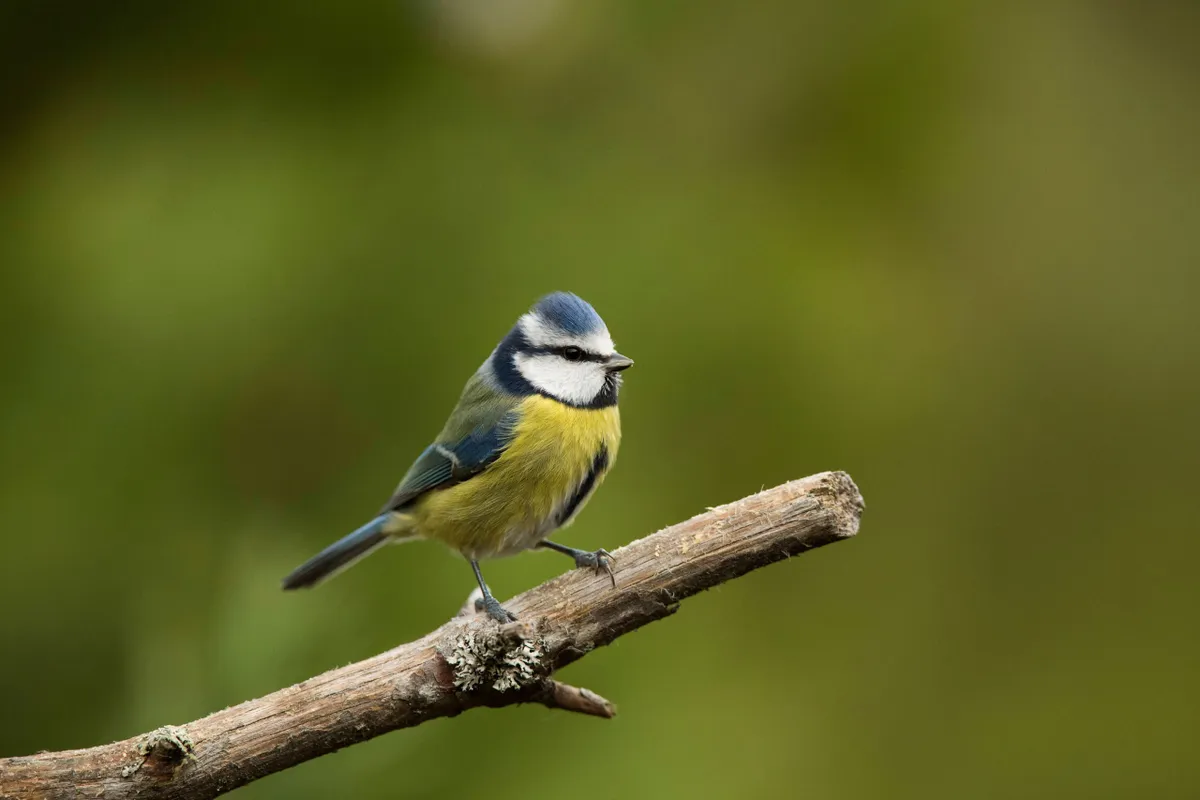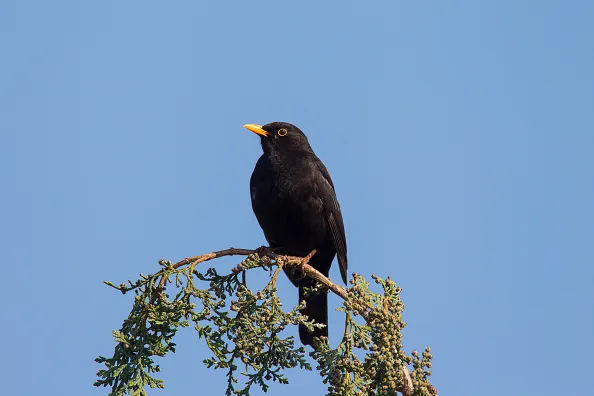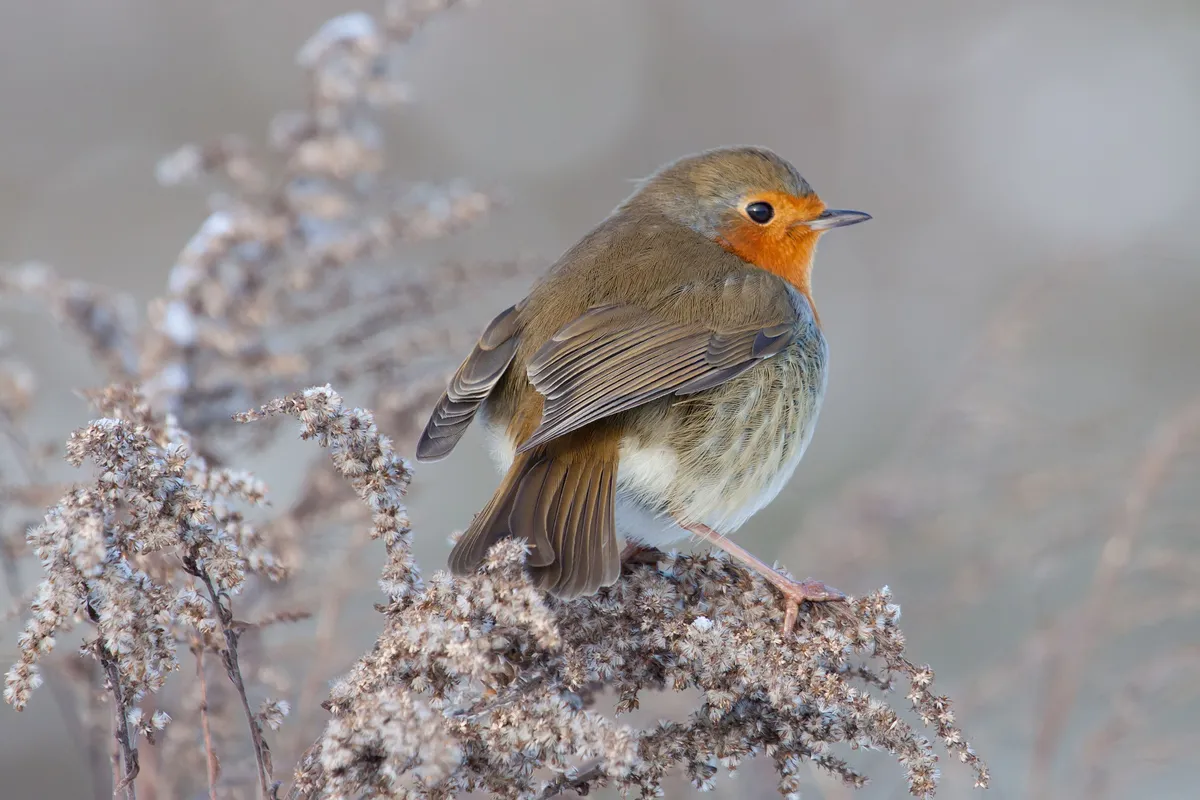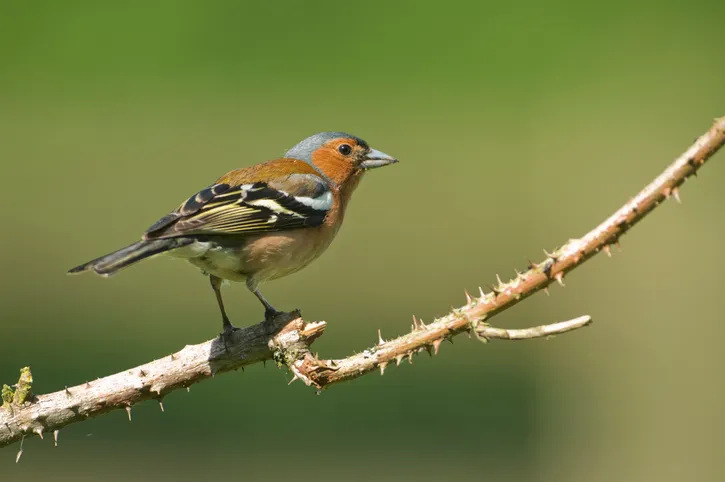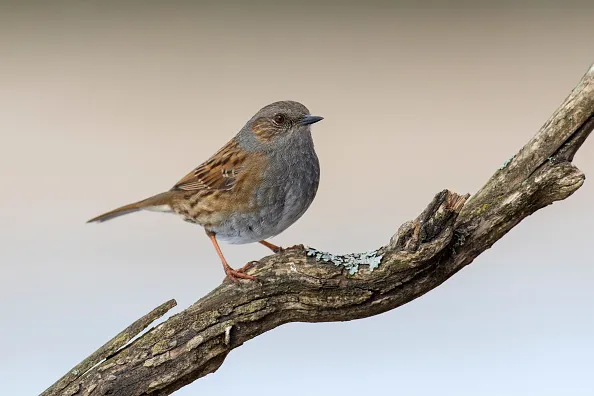You don't have to venture far to find wild birds to photograph – your back garden is a great place to start. Set up a bird feeder somewhere out of the reach of cats and give local birds a few weeks to get used to it, placing food out regularly (see our favourite bird food blends for ideas). Alternatively, scope out nearby woodland or your local park for visiting birds – or even try taking photos from your window.
Not sure what you're looking at? Check out our garden bird guide: how to identify common birds and what to feed each species and be sure to enter the Big Garden Birdwatch in January.
How to photograph garden birds
1. Choose the best time of day

Go out to shoot wild birds early in the morning or late in the afternoon. This is when birds are hungry and out searching for food. Plus, dawn and evening light makes for the best photographs as you'll avoid harsh midday sunlight.

2. Keep out of sight and stay quiet
Your subjects will be a lot more confident if they can't see you. Trying using a birdwatching hide, sitting in your car or shooting from your kitchen window.
Wildlife photography is all about patience. Avoid making loud noises or sudden movements, settle down and let the birds come to you.
3. Learn how to set up your camera
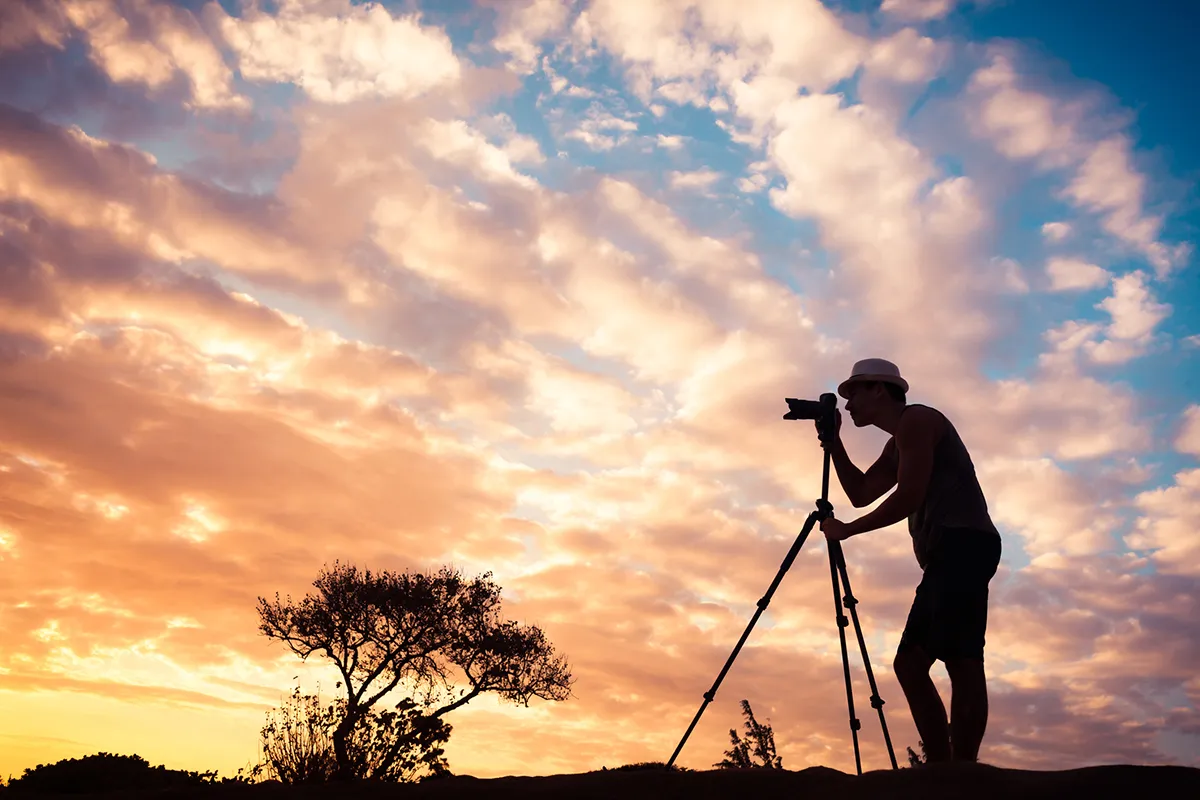
A tripod, monopod or flat surface to rest your camera on is a big help for getting a good composition and avoiding camera shake.
Whist you don't need a DSLR camera to get great pictures of wild birds, their fast shutter speeds are definitely a big help. Shoot at 1/250 - 1/700sec or higher to freeze the bird in place if they're perched, and switch to 1/1500 for flight shots.
If your camera has it, switch to continuous AF mode (also called Ai-Servo mode) when shooting birds in action, and your camera will keep your subject in focus. When photographing a bird about to perch, try pre-focusing on the branch first.
More related content:
- Britain’s best locations for landscape photography
- 10 great gifts for bird lovers
- Britain’s best songbirds: how to identify each species
Robin redbreast./Credit: Getty
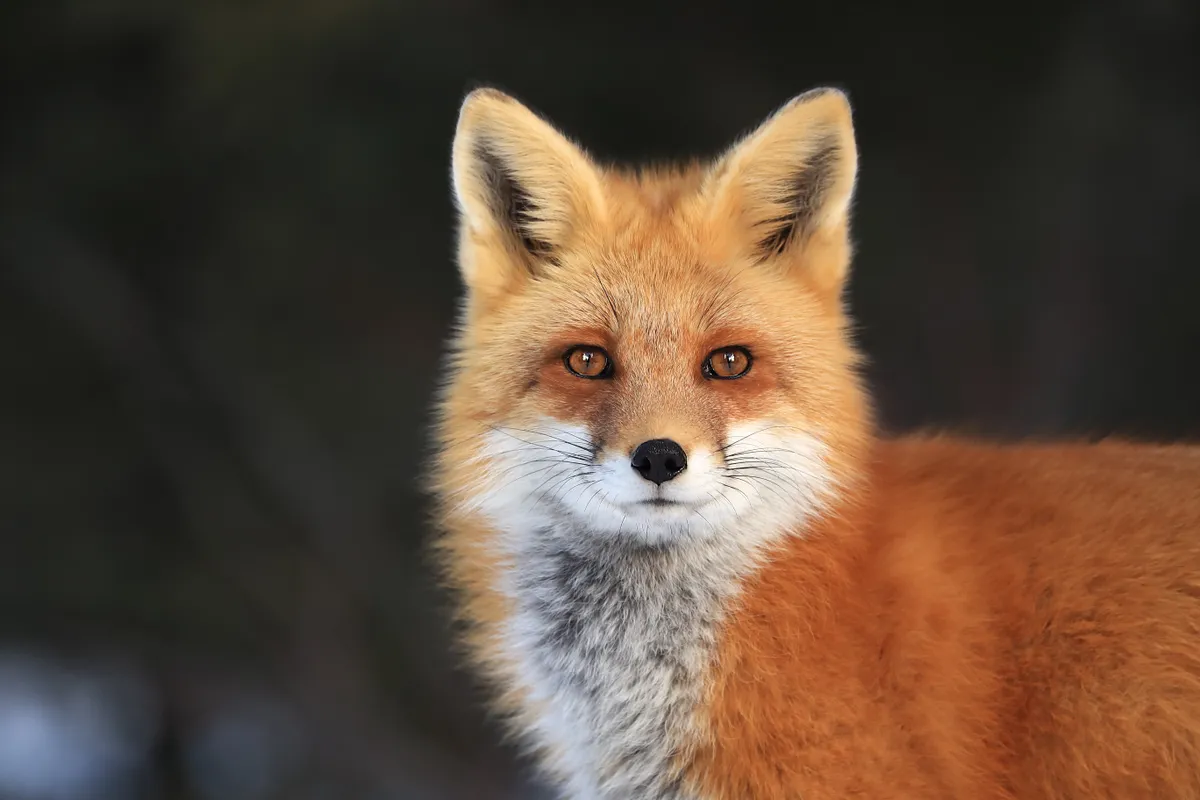
4. Consider your composition

Try shooting from the bird's eye level to create a portrait feel in your images, and watch out for interesting behaviour or interactions between birds that will give extra interest to your images.
Wait until the bird you want to photograph is framed against a clean, unfussy background without bright contrasting colours. This will keep the eye of the viewer firmly on the bird.
A shallow depth of field will make your bird really stand out from its surroundings. Always make sure that the bird's nearest eye is in focus and completely sharp.
